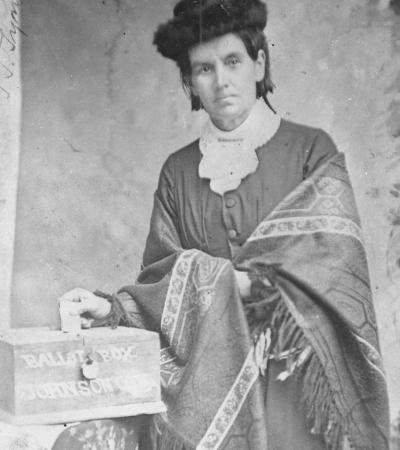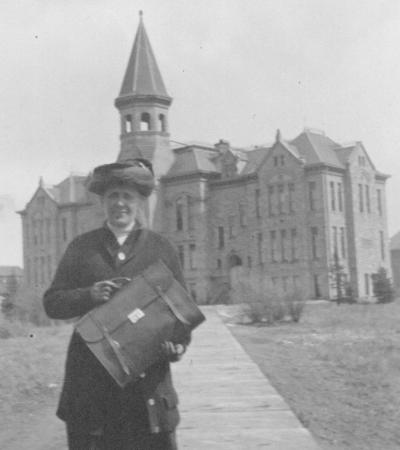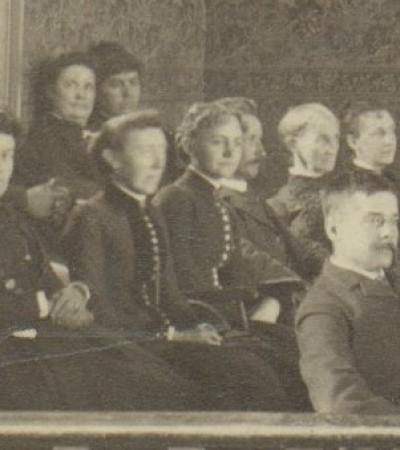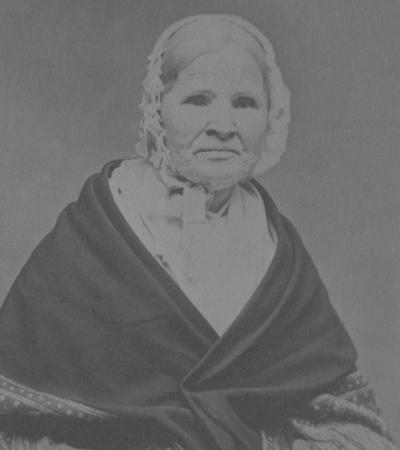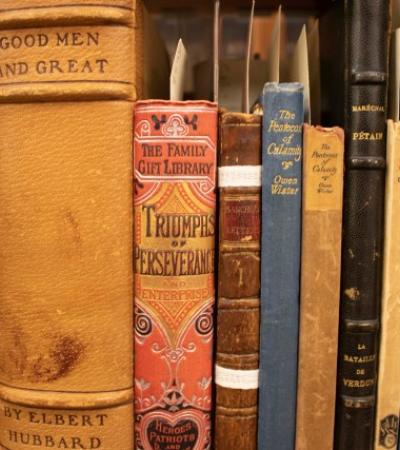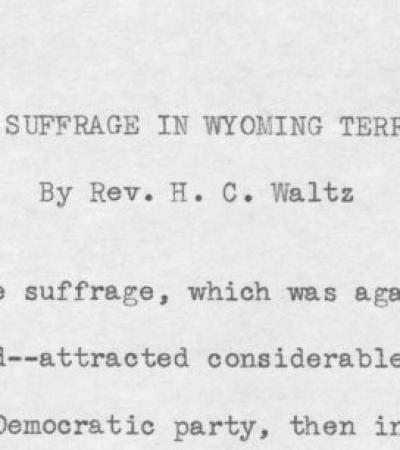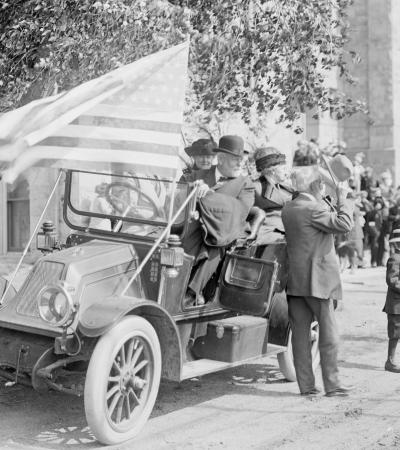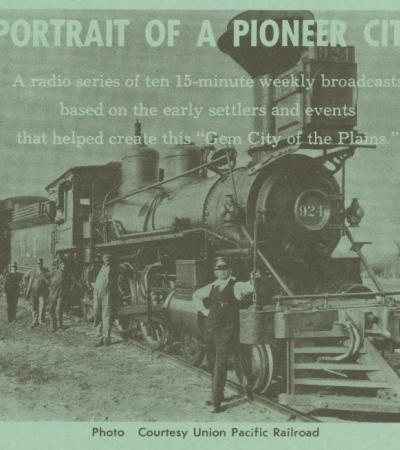Through the ages countless women have asserted their right to participate in political, social, economic, and intellectual endeavors around the world. During Europe’s Age of Enlightenment (1714-1789), women such as Mary Wollstonecraft pushed for women’s equality in education and society. Historians hold that she laid the groundwork for the modern women’s right movement. She stated, “I do not wish [women] to have power over men; but over themselves.” Abigail Adams, wife of President John Adams, wrote to her husband in a similar vein in 1776 as he attended the Second Continental Congress. She pointed out the hypocrisy of slavery in America and reminded him to “remember the ladies” in the new government.
In the latter half of the nineteenth century, Elizabeth Cady Stanton and Susan B. Anthony worked tirelessly on behalf of women basic civil rights such as owning property, bringing suits in court, sharing child custody, and keeping their own earnings and inheritance. They formed organizations and organized conventions attempting to secure suffrage for women. However, the women's suffrage movement was not without racism, even as it tried to abolish sexism. Stanton and Anthony considered the 15th Amendment — which sought to prohibit discrimination based on race, color or previous servitude — an affront since white women were still barred from voting.
Despite eastern activism, it was western women who became the first in the United States to enjoy full voting rights. Wyoming took the lead while still a territory when, on December 10, 1869, it was the first place in the world to give women the ability to vote and hold public office. By 1889 Wyoming's population had reached 60,000 and its residents applied for statehood. Many members of Congress did not like the idea of admitting a state where women had the right to vote. Though not all Wyoming legislators favored the 1869 law, there was enough support to respond to Congress with a telegram stating “We will remain out of the Union a hundred years rather than come in without our women!” Wyoming entered the Union as a state in 1890 with woman suffrage intact.
National suffragists such as Carrie Chapman Catt presented Wyoming as a model of success. The Equality State's women had acted capably as jurors and office holders once enfranchised. Catt, as President of the National American Woman Suffrage Association, frequently called upon noted University of Wyoming educator Grace Raymond Hebard to bring Wyoming to the attention of the nation during the hard-fought campaign for the right to vote.
Once the 19th Amendment became part of the Constitution on August 18, 1920, no citizen of the United States was to be denied the vote on account of sex. Nevertheless, many women still faced racial and ethnic discrimination. Women of color found that obstacles to voting, such as literacy tests poll taxes, applied disproportionately to them. Threats of or actual violence and lynching met women, and men, of color who attempted to exercise their voting rights. It was not until the 1924 passage of the Indian Citizenship Act that Native American women and men gained full U.S. citizenship and the right to vote. Asian American immigrants, who were long ineligible for naturalized citizenship on account of race, only won the vote starting in 1943.
See "Additional Resources" below for more on the history of women to secure and to exercise their right to vote and hold public office.
